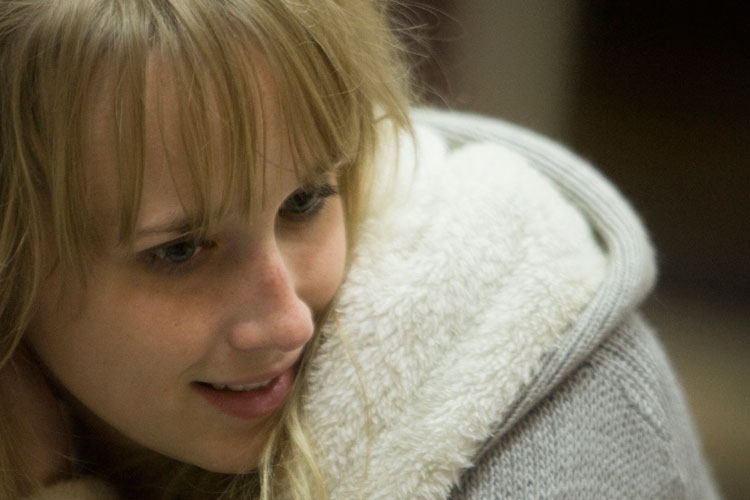

Beautiful Youth
Jaime Rosales
2014
Synopsis
Natalia and Carlos, both aged 20, are in love and struggling to survive in today’s Spain. Their limited resources prevent them from getting ahead as they’d like to. They have no great ambitions because they have no great hopes. To earn some money, they decide to shoot an amateur porno film.
The birth of their daughter Julia is the main catalyst for the changes they make.
TECHNICAL DATA
Original title: HERMOSA JUVENTUD
Year: 2014
Director: Jaime Rosales
Production countries: Spain and France
Shooting Format: 16mm, color and video
Projection Format: DCP Scope (1:2`35)
Length: 103 min
Language: Castellano
Shooting Locations: Madrid (Spain) and Hamburgo (Germany)
Production Companies:
Fresdeval Films (Spain)
Wanda Vision (Spain)
Les Productions Balthazar (France)
With the participation of:
MEDIA
ICAA (Ministerio de Cultura)
International Sales: NDM
Spanish distributor: Wanda Vision
WORLD PREMIERE
Un Certain Regard
IFF Cannes 2014
Special Mention Ecumenical Jury
SPANISH PREMIERE
30 May, 2014
2014
IFF Cannes:
Un Certain Regard
Special Mention Ecumenical Jury
New Horizons, Poland
Helsinki
Hamburg Film Fest
Vancouver
Sao Paolo
Cannes in Bucharest
Festival la Orquídea, Ecuador
Singapore FF
2015
Tromsø IFF, Norway
Trieste Film Festival, Italy
International Festival of Independent Films “2morrow/Zavtra”, Rusia
Ramdam Fim Festival, Belgium
Göteborg, Suecia
Miami IFF
Festival de Cartagena, Colombia
BAFICI, Argentina
IKSV Istanbul
Bozar Bruxelles
Jeonju IFF, Corea
Cinmatek FF, Slovakia
Festival du film d’amour / Santiago, Chile
Instituto Cervantes Manila
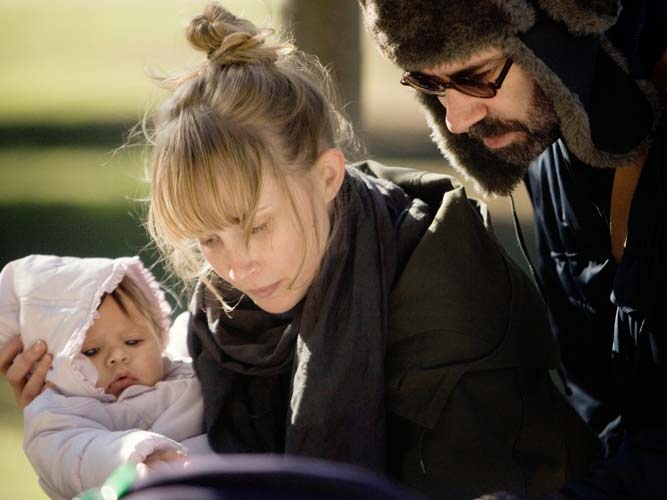

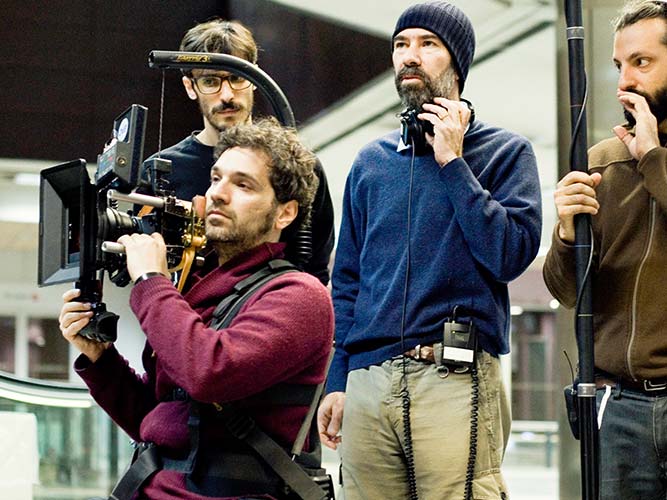

NATALIA: Ingrid García-Jonsson
CARLOS: Carlos Rodríguez
DOLORES: Inma Nieto
RAÚL: Fernando Barona
PEDRO: Juanma Calderón
ROSA: Patricia Mendy
GERMÁN: Miguel Guardiola
Director: Jaime Rosales
Screenplay: Jaime Rosales, Enric Rufas
Producers: Jaime Rosales, José María Morales, Jérôme Dopffer
Executive Producer: Bárbara Díez
Associate Producer: Miguel Morales
Line Producer: Bárbara Díez
Director of Photography: Pau Esteve Birba
Art Director: Victoria Paz Álvarez
Casting: Arantza Vélez, Ana Sainz Trápaga, Patricia Álvarez De Miranda, Flavia Santos
Sound: Nicolás Tsabertidis
Editor: Lucía Casal
Costumes: Beatriz Robledo
1st Assistant Director: Federico Untermann
Smartphone Parts: Violeta Salama
Visual Effects: Alejo Serra
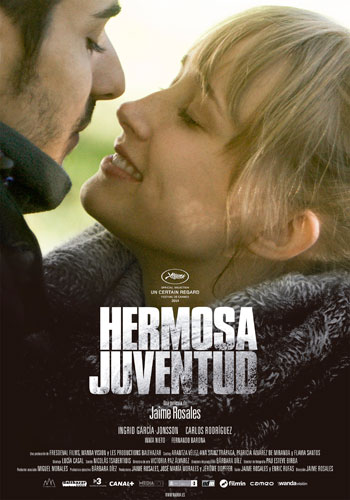

OFICIAL TRAILER
"All these people have worked their fingers to the bone. And there is something of each of them in the film. Whether they are in front of or behind the camera."
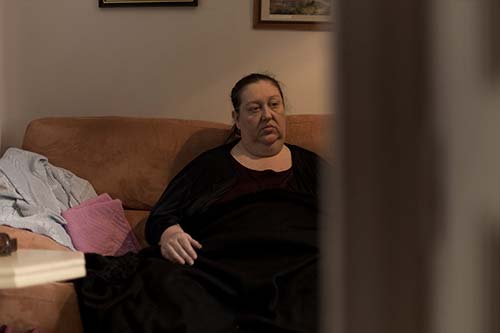

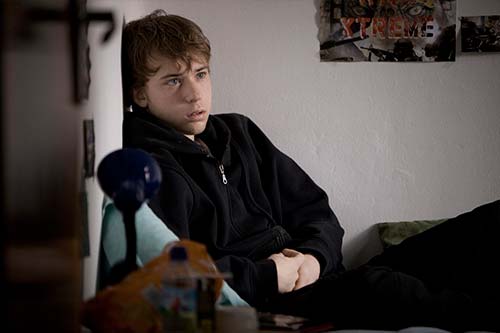

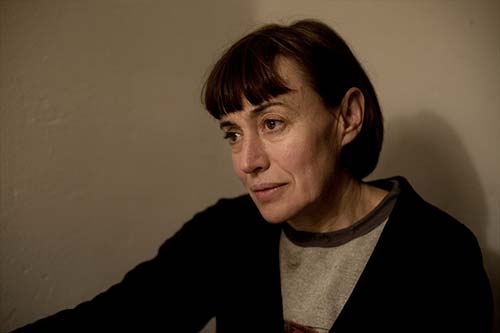

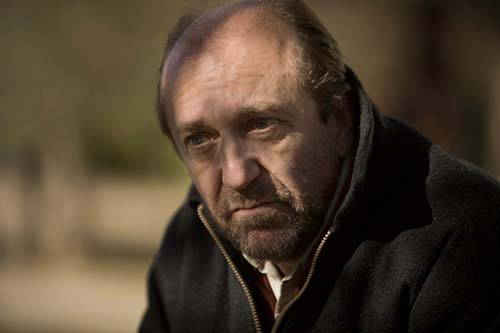

Production notes
Bárbara Díez
Telling this story with a certain immediacy was one of our main challenges. It was a very short, tremendously intense process.
HERMOSA JUVENTUD (BEAUTIFUL YOUTH) is a project that arose out of a desire to get closer to young people in today’s Spain who, no matter how well-prepared they are, face a future with limited opportunities and a lack of experience… Of course there is a great range of young people and realities… We have focused on fairly stagnant young people who see such a black future that they have no drive to change anything and settle for adapting to their circumstances.
Telling this story with a certain immediacy was one of our main challenges. It was a very short, tremendously intense process. When we started the development stage, we thought the film should be cast with natural actors. As we went along, we realized that was not the way to proceed. We changed course and started again, searching for professional actors.
The time spent on natural casting was not wasted. It allowed us to contact a group of young people who helped us to finish preparing the film thanks to sharing their own experiences. That is when we realized the truth of the often-heard expression that “truth is stranger than fiction”. The things they told us were much harsher, extraordinary and unbelievable than what we had planned for the screenplay. Many of the boys and girls we interviewed ended up participating in the film as the “friends” and gave us the added value of their reality and naturalness.
As far as production design, it was a great novelty to work with a team made up of crew who are mostly at the start of their careers. That idea arose out of the combination of having very few resources, the search for a different model of doing things, and absorbing the energy and motivation inherent in people who are starting out, full of enthusiasm. That decision was very hard to take given the artistic risk involved after working for so long with a highly experienced, extremely talented team.
All these people have worked their fingers to the bone. And there is something of each of them in the film. Whether they are in front of or behind the camera. This has been a film of opportunities and a lot of hard work, with very few resources, but great production value at a time when models are changing and when much thought must be given to how we do things. We don’t mean to say this is the way; it probably isn’t. We are at a time of transition when everyone tries to get by as best they can, but we must keep moving on and doing things while thinking about what we are doing.
Director's notes
Jaime Rosales
Ingrid García-Jonsson
In this film, Ingrid was essential. She not only played the main character but also set the tone for all the other actors’ performances. She was not just a member of the band; instead, she was the musician the others followed.
To play the part of Natalia, I wanted an actress with a broad dramatic range. An actress with a strong personality capable of bringing a variety of nuances to the character. Someone with a lot of light, joy, and friendliness but also with a dark, determined, and decisive side.
She needed to be partly naïve and partly mature. Very few people possess all these qualities. It is very hard for any actress to truly create a performance with two starkly different poles. Ingrid is quite intuitive in her technique. She has huge natural talent. She makes acting look easy because she is extremely self-assured. Fortunately, she is not satisfied to just do a scene; she aims to achieve excellence, to give her very best.
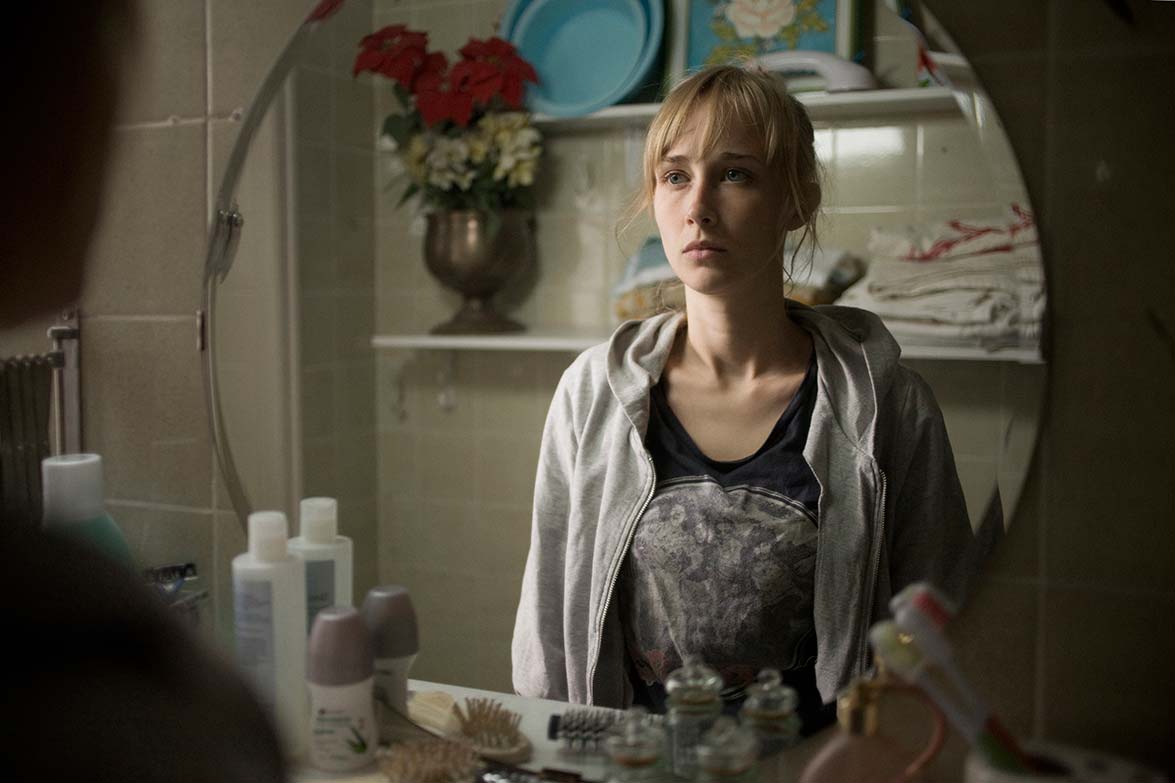

For the character of Natalia, I was looking for an actress with great acting skills and also an unusual look. I wanted a luminous face. An atypical beauty, though not necessarily exotic. Someone who could look attractive and also less attractive. Many good-looking women are prisoners of their beauty. Ingrid has no complexes or pet peeves. She is not thinking about how she looks the whole time. She doesn’t care. That’s why she dares to take risks. To take a leap with no safety net when necessary. She demands a lot from herself and gives a lot to the film. But she is also very demanding of the crew and the director. She often tested me. I think it is fair for her to be demanding with me if I was going to be demanding with her.
In my films, I always look for actors who are very similar to my characters. Later on, to increase the natural effect, I make the character even more like the actor if possible. But Ingrid was an exception. She is very different from Natalia. Her life is not like her character’s. Ingrid is cultured, sophisticated and independent. A woman who has studied architecture and has been on her own since the age of sixteen. She put Natalia’s character together with lots of hard, precise work.




The images
16mm
I had not shot in 16mm since I was in film school. I had always preferred 35mm to 16mm because the latter had to be blown up in the end and what you saved on the negative and developing ended up being spent on laboratory processes. Nowadays, since a DCP is needed at the end for distribution, that has changed. Scanning is necessary on both 35mm and 16mm. Now savings are considerable when using 16mm instead of 35mm. In addition to the savings, all the camera material for 16mm is much lighter than for 35mm. It allows you to shoot with much more agility, without wasting so much time. Moreover, if we compare 16mm to digital, 16mm has the photochemical texture that I like. A texture that prints remains of life and emotion on the images. A very beautiful, very truthful grain. It is much warmer than digital. It has the type of color I like too: less saturated and shiny colors than digital. In sum, I think it has all the advantages of 35mm and all those of digital without the drawbacks of either of them. It is a perfect tool.
The optics
The sound
The sound, as in my previous films, was structured around the live sound of the dialogues. Each take required a new improvisation, a search by the actors for new words so each take seemed fresh, like the first one, like the only possible one. We chose not to dub. A search for maximum realism involves respecting the tones of voice that arise spontaneously. We did not permit ourselves to repeat the same words or gestures in shooting or dubbing. Everything was created in the moment. The voices, with their hesitations and lack of precision, are part of that unrepeatable spontaneous creation.
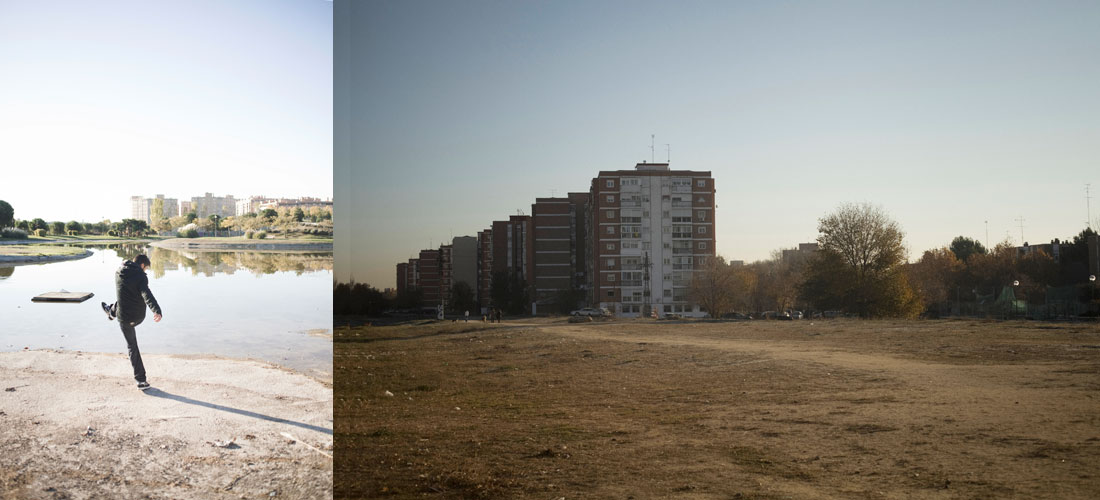

PICTURES: Marino Scandurra